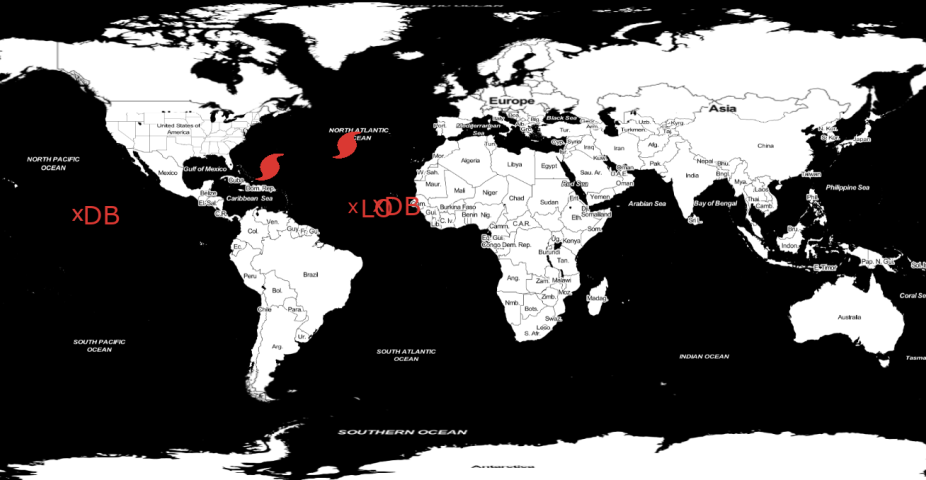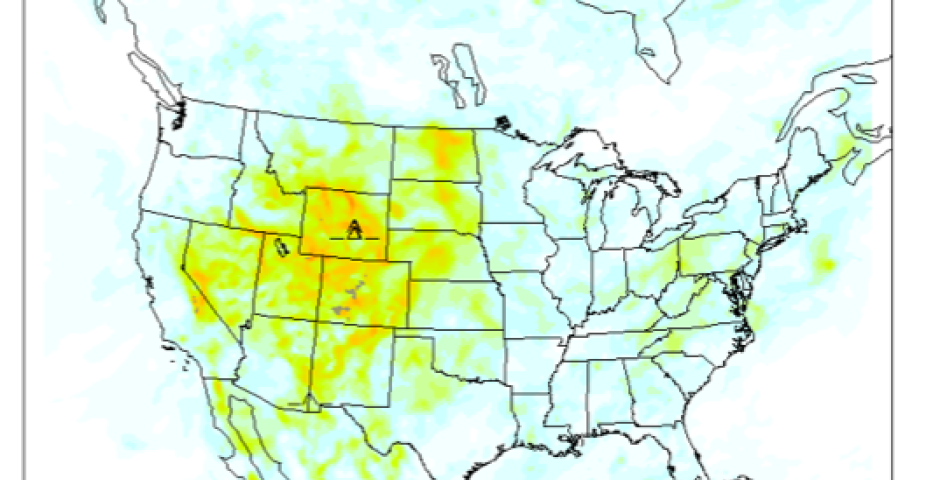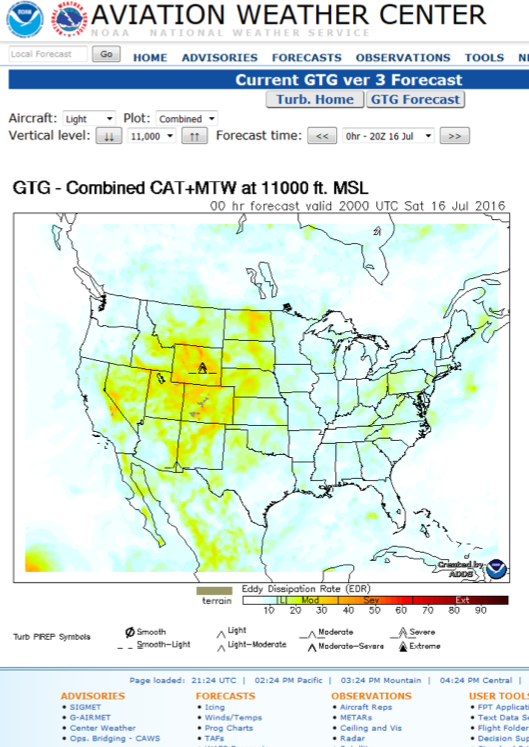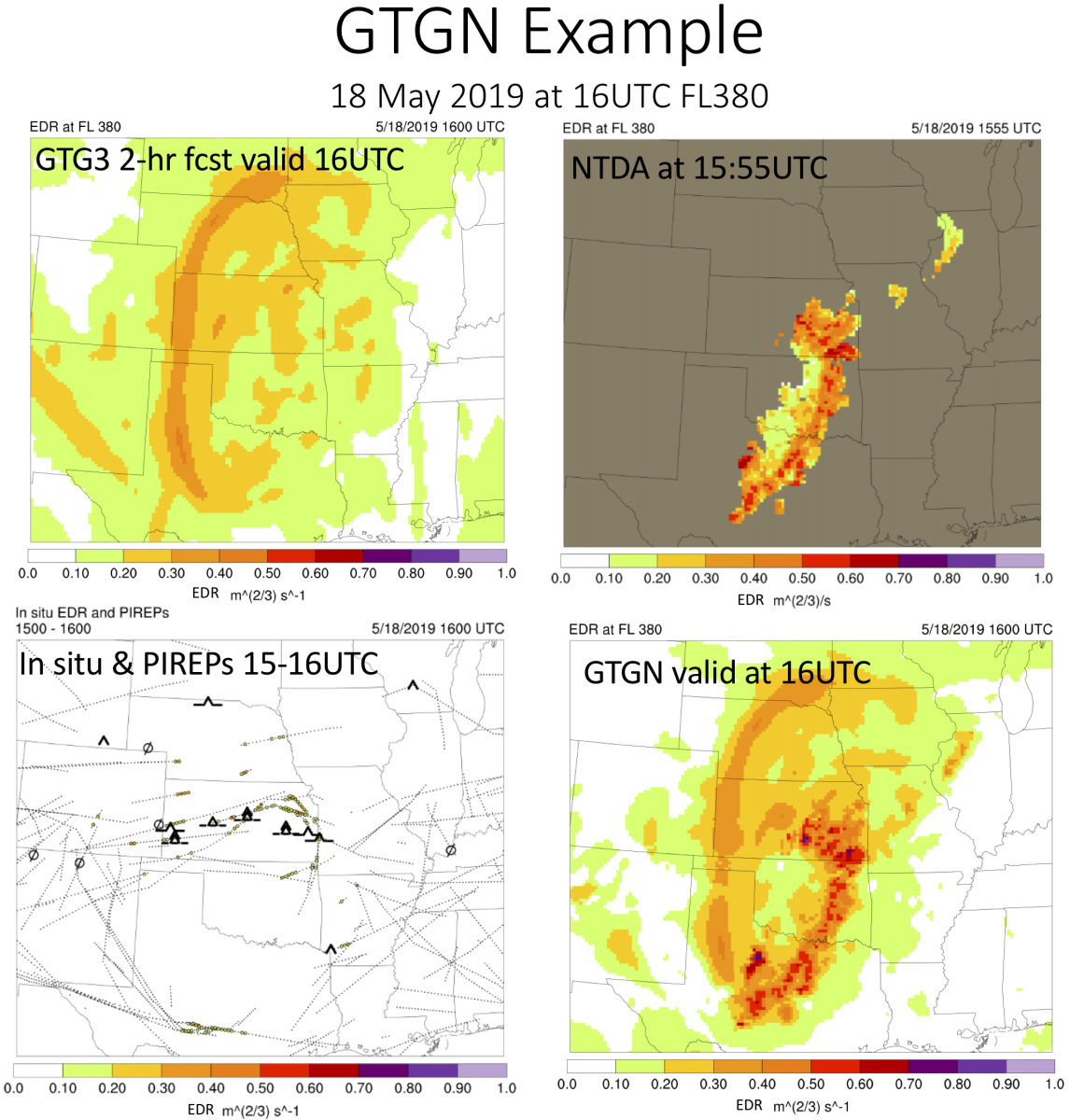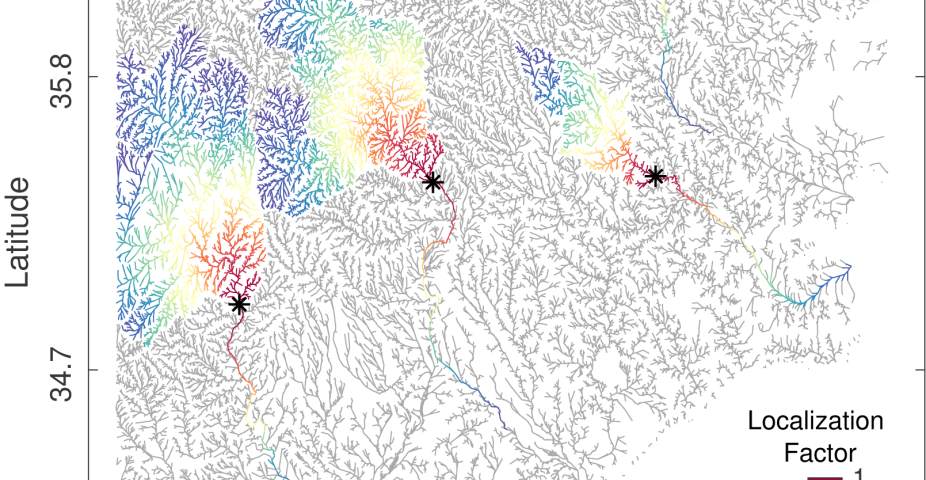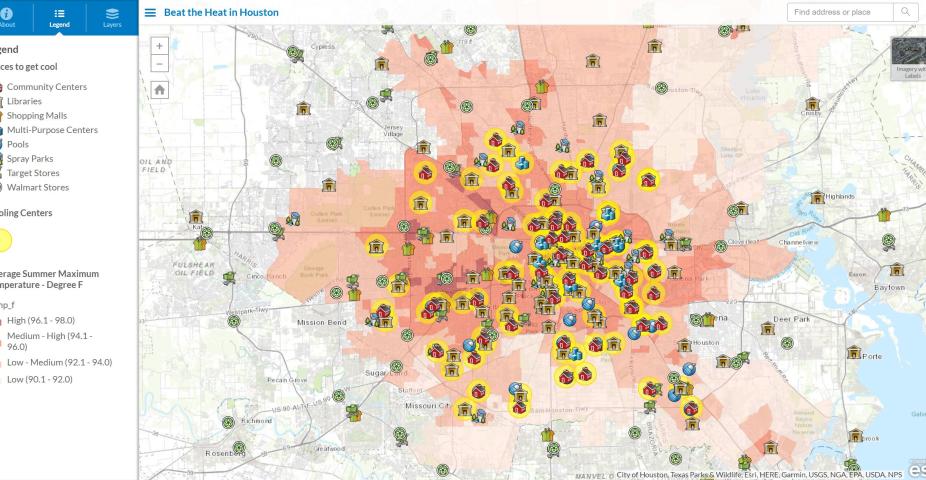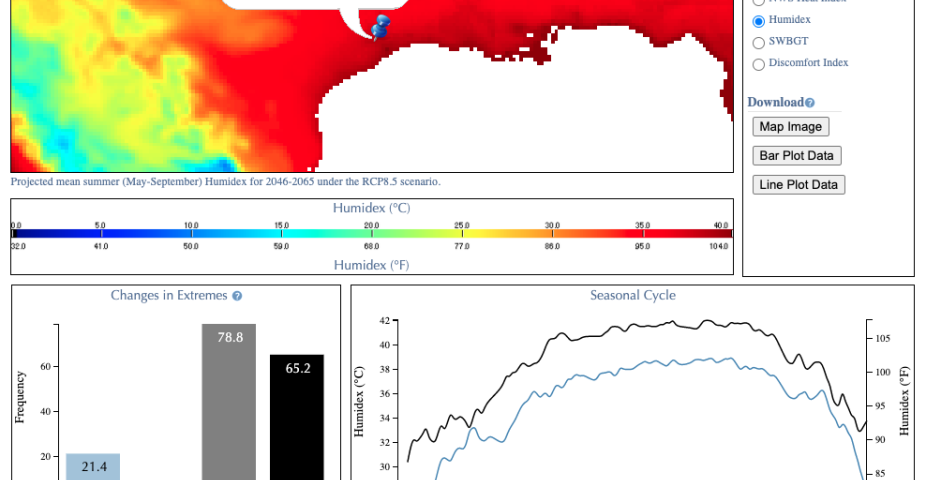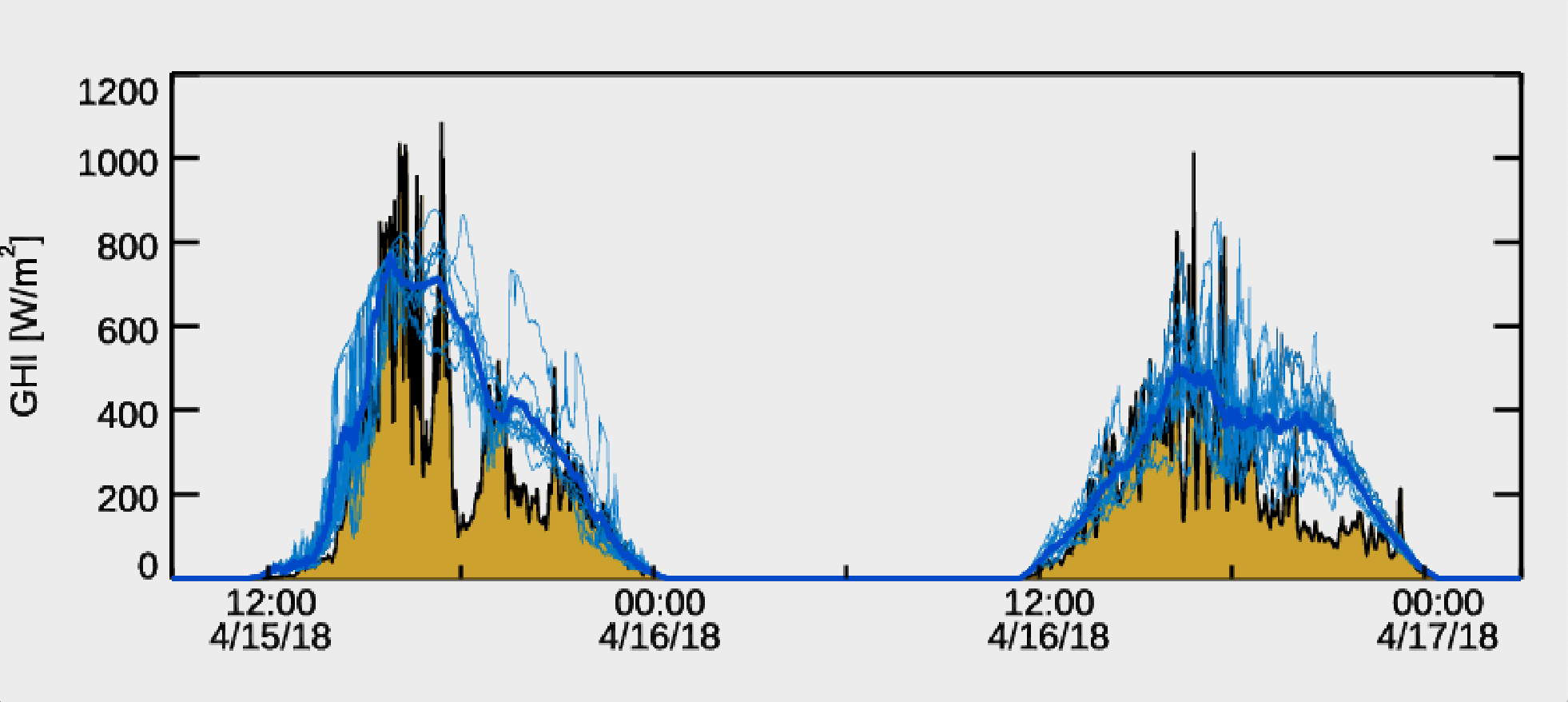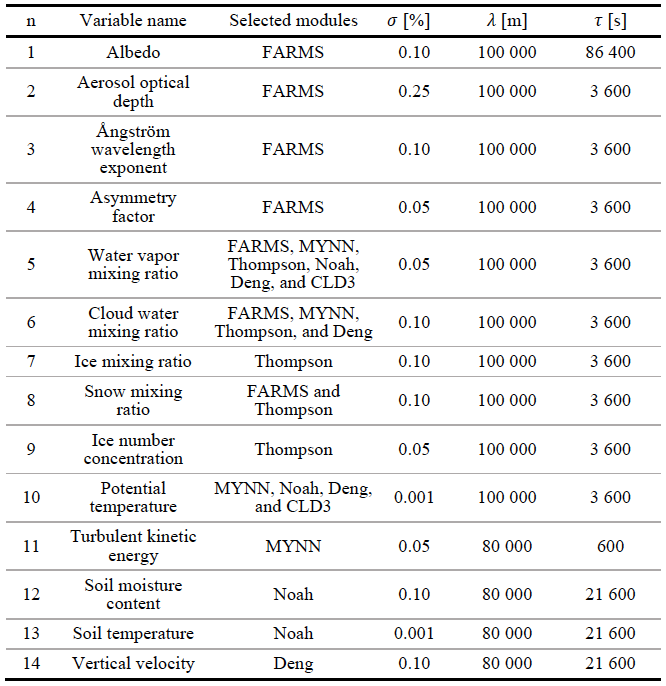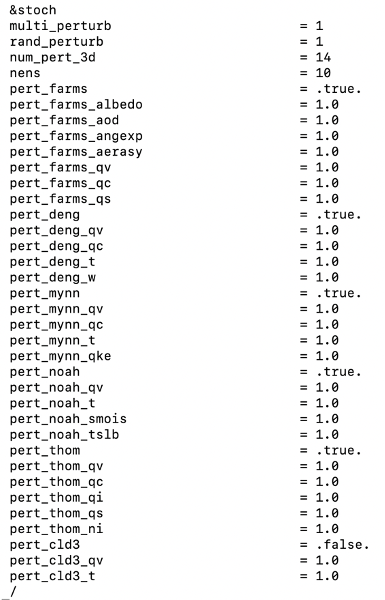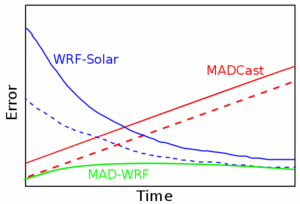Extreme heat is a leading cause of weather-related human mortality in the United States and in many countries world-wide. Despite the advances in meteorological forecasting capabilities and the widespread prevalence of air conditioning systems across the U.S., extreme heat persists as a threat to human health. As global warming patterns continue, researchers anticipate increases in the severity, frequency and duration of extreme heat events. Recent studies on climate impacts demonstrate that climate change will have differential consequences in the U.S. at the regional and local scales. Research priorities in public health and climate change science communities call for addressing the current impacts of weather hazards on human health, and for preparing for future risks and threats in a warmer climate. The SIMMER project addresses the critical need for information at regional to local scales that are pertinent to public health decision-making in the context of global change.
The primary goals of the SIMMER project are to: 1) advance methodology for assessing current and future urban vulnerability from heat waves through integration of physical and social science models, research results, and NASA data; and 2) develop a System for Integrated Modeling of Metropolitan Extreme Heat Risk (SIMMER) for building local capacity for heat hazard mitigation and climate change adaptation in the public health sector. The study includes the following objectives:
- Determining the combined impact of extreme heat and the characteristics of urban environmental and social systems on human health;
- Characterizing societal vulnerability and the responses (i.e., mitigation and adaptation strategies);
- Improving representation of urban land cover and its accompanying radiative and thermal characteristics at local and regional scales;
- Characterizing and modeling present and future extreme heat events at regional and local scales.
The SIMMER will rely heavily on the use of NASA Earth Science products and will directly support NASA’s objective to promote interdisciplinary research that addresses societal impacts of extreme disturbances. NASA data will be used as inputs into health and climate models, will contribute to creation of new regional and local datasets and innovative research results, and will help validate model outputs. The project will include regional- and local scale analyses. The regional-scale analysis (the study domain will cover the contiguous United States and portions of southern Canada at ~ 25 km2) will focus on the SIMMER objectives 3 and 4. Local, intra-urban scale (1-2 km2; US Census block groups) will focus on the SIMMER objectives 1-4. Houston, Texas will be used for local-scale analysis and will serve as testbed for developing and implementing the SIMMER methodology. We selected Houston as a case study because of the city’s current and projected heat-related health impacts, complex local meteorology and land use types, diverse socio-economic makeup of urban residents, previously-conducted research on the UHI effects, and a strong interest from Houston public health officials in this project.
The methodology developed for Houston is intended to be transferrable to other urban centers. The robustness of the method and its transferability will be validated in Toronto, Canada. With the help of Canadian collaborators we will apply and validate the SIMMER model in assessing heat-related health risks and social vulnerability in Toronto. In addition, involvement of public health sector stakeholders from Houston and Toronto will ensure that relevant application(s) for the model in the context of climate change and human health are included. Involvement of university collaborators and students will facilitate training of current and future researchers in the integration of the physical and social sciences.
SIMMER Project Report
APPLICATIONS:
Beat the Heat in Houston
Extreme Heat Climate Inspector
